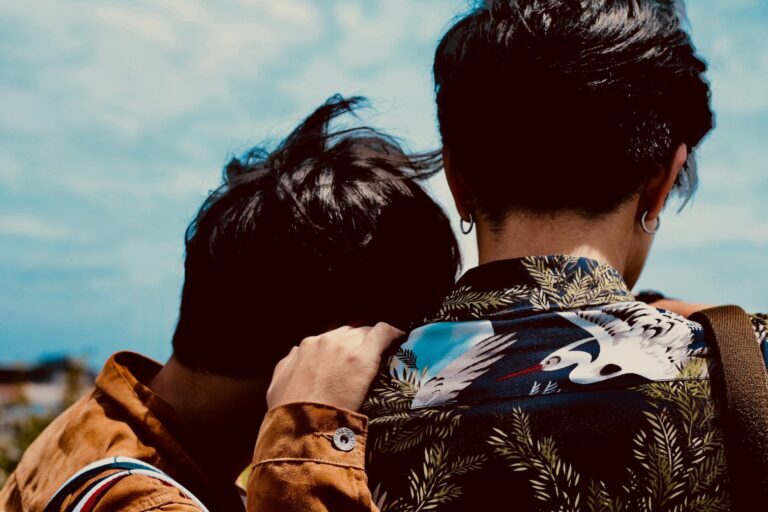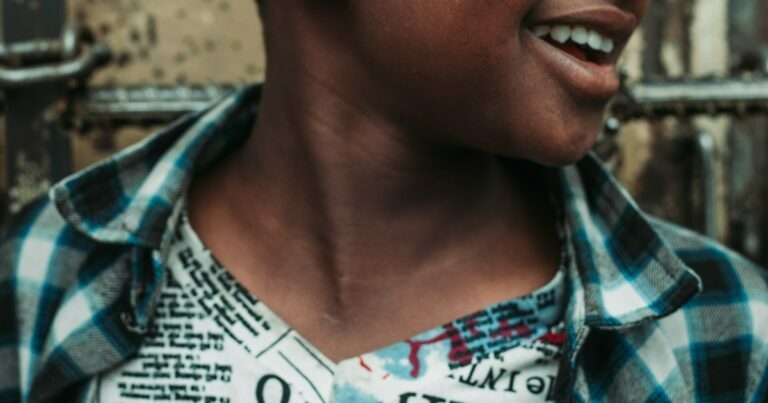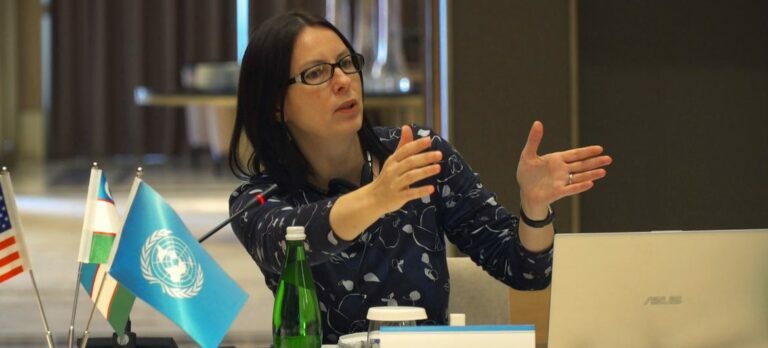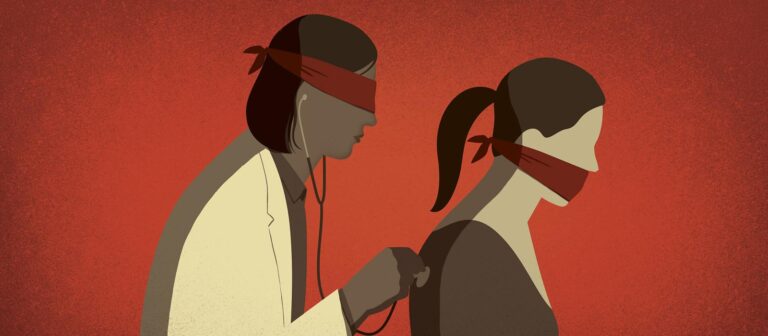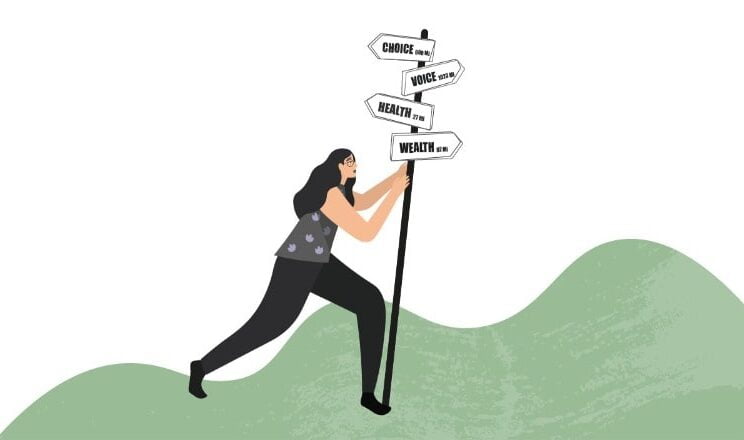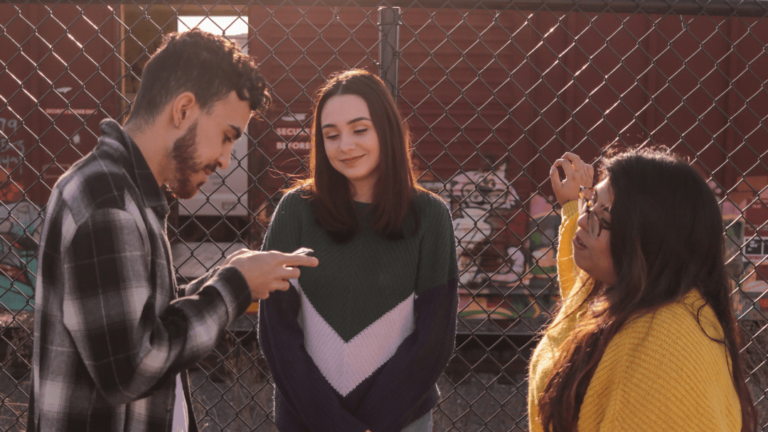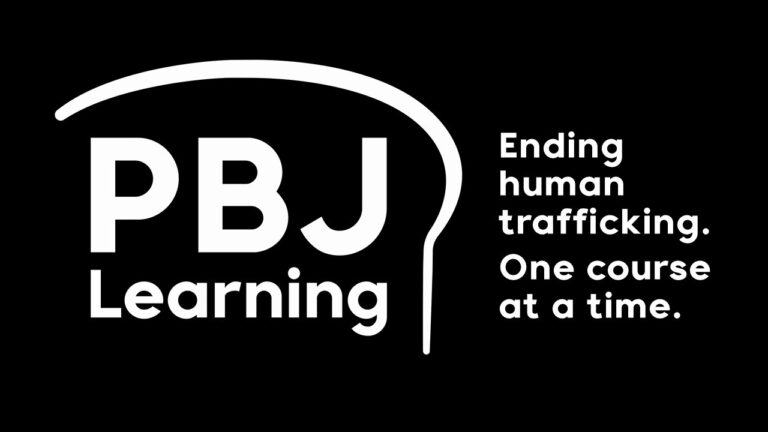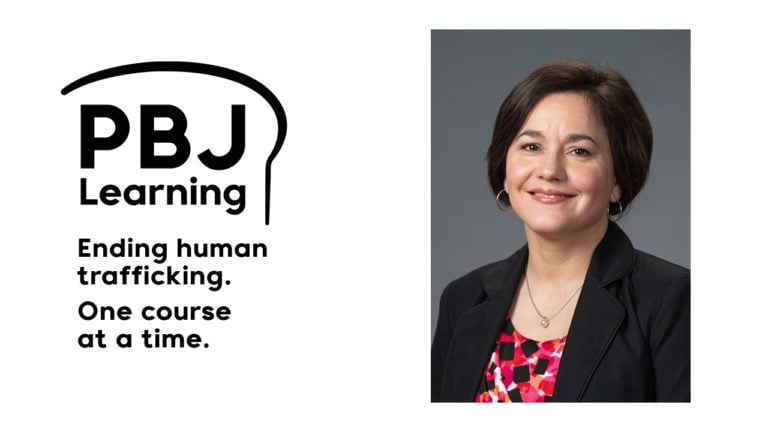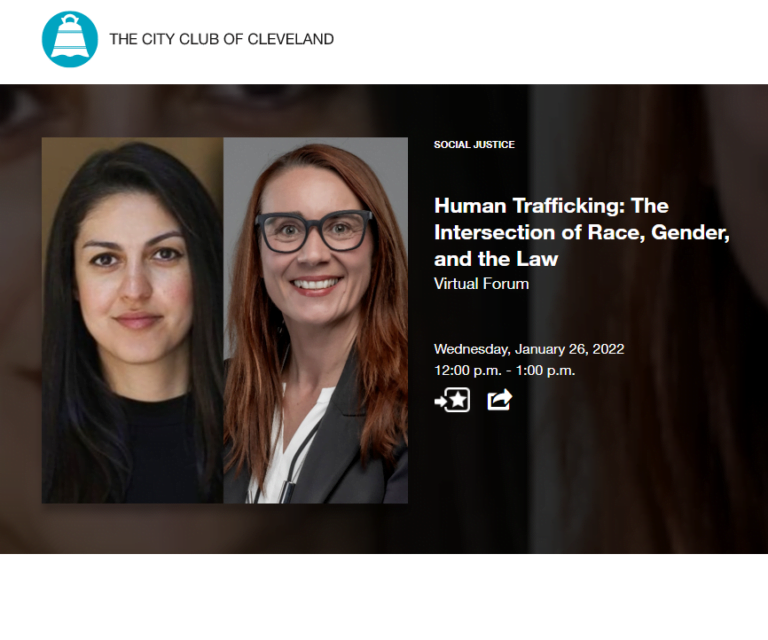LGBTQ+ Human Trafficking Survivor Stories
Author MARY NIKKEL LGBTQ+ young people are at high risk of human trafficking, in the United States and globally. Polaris identifies LGBTQ+ individuals as being the second most at-risk group, alongside people of color. That heightened vulnerability is in part because kids in the LGBTQ+ community are more likely to experience homelessness, with 40% of…

